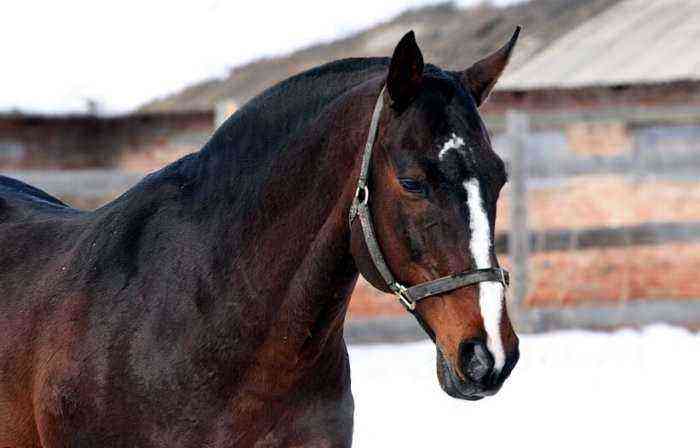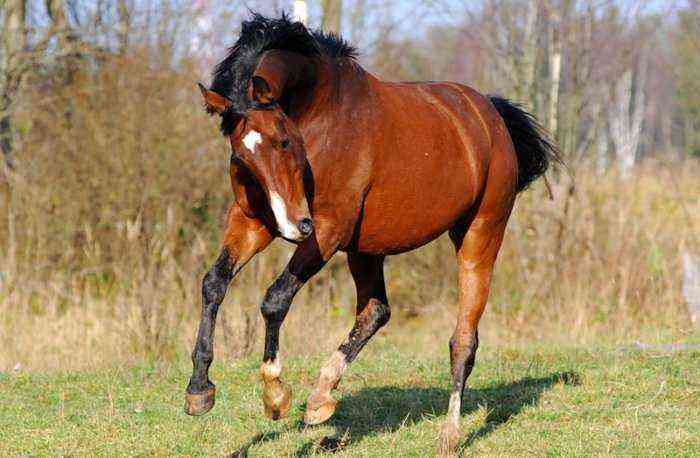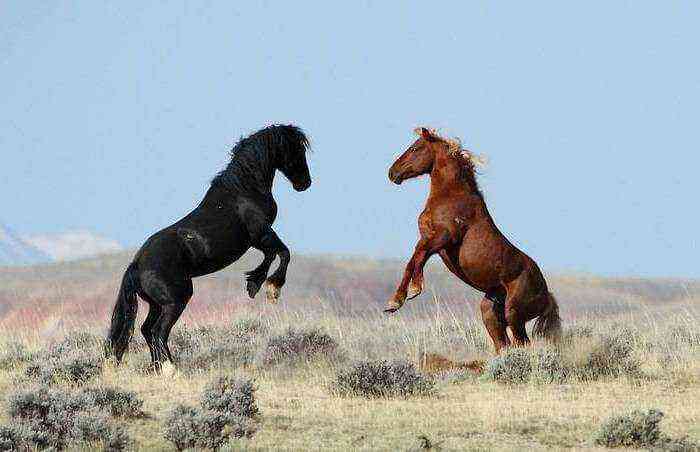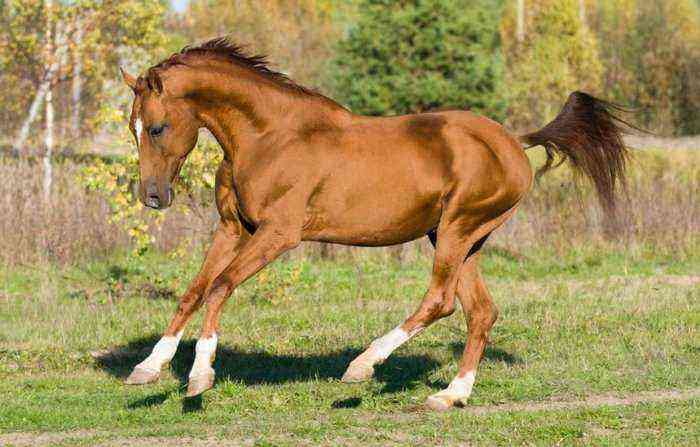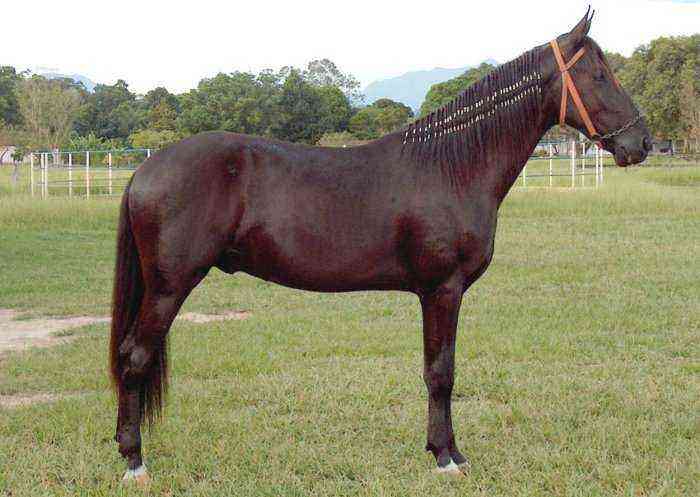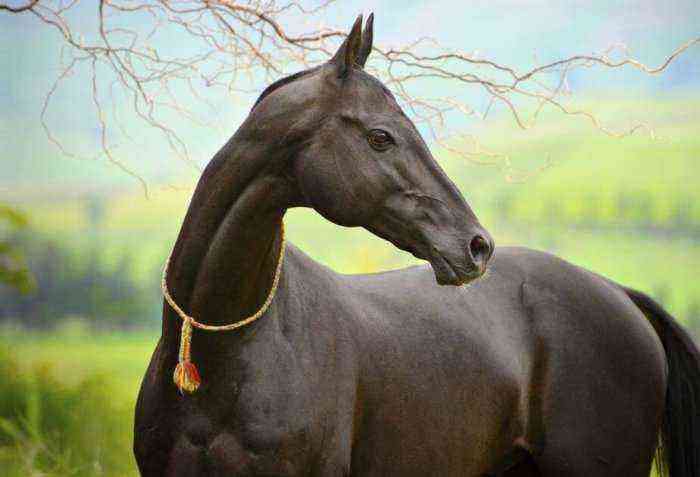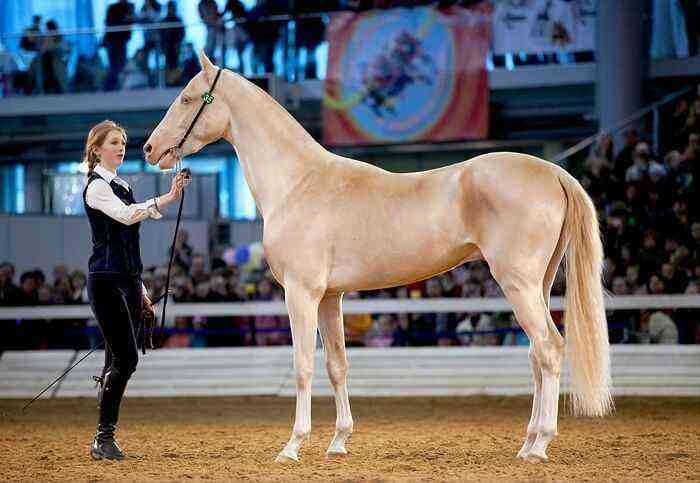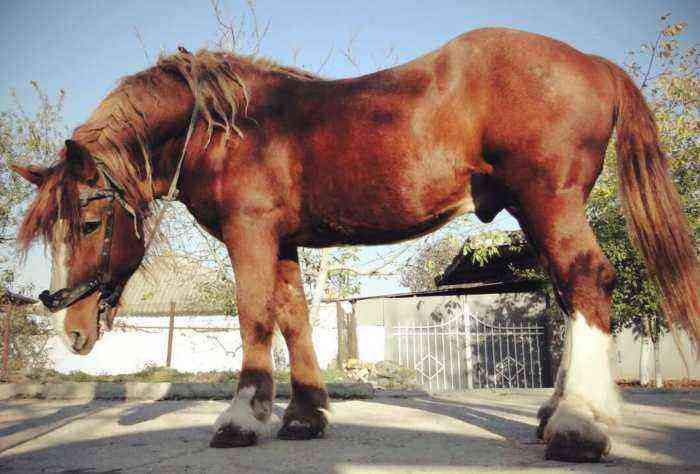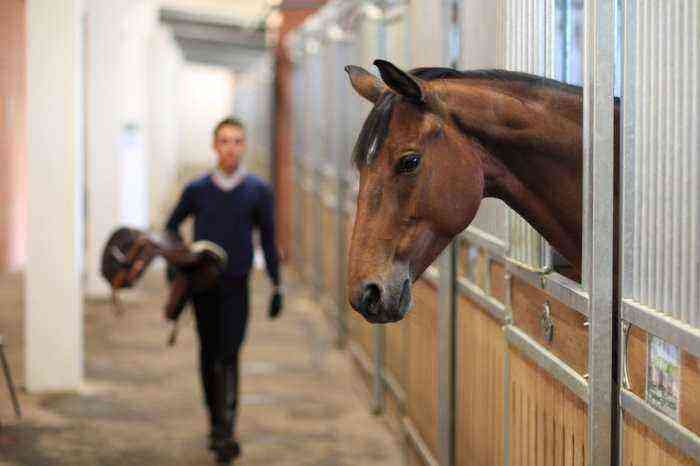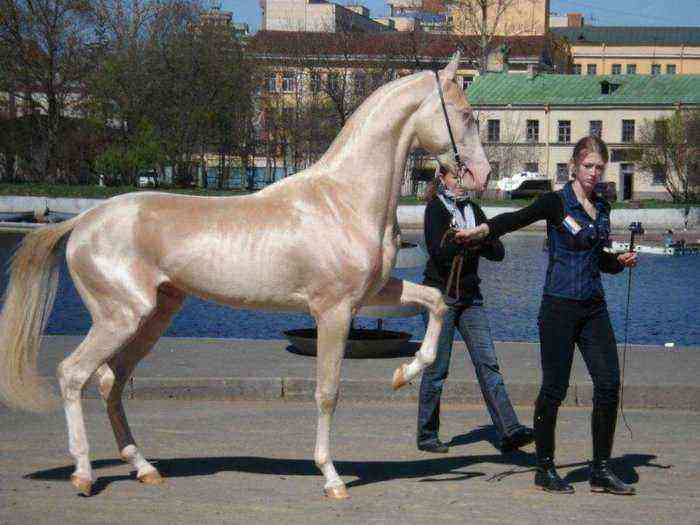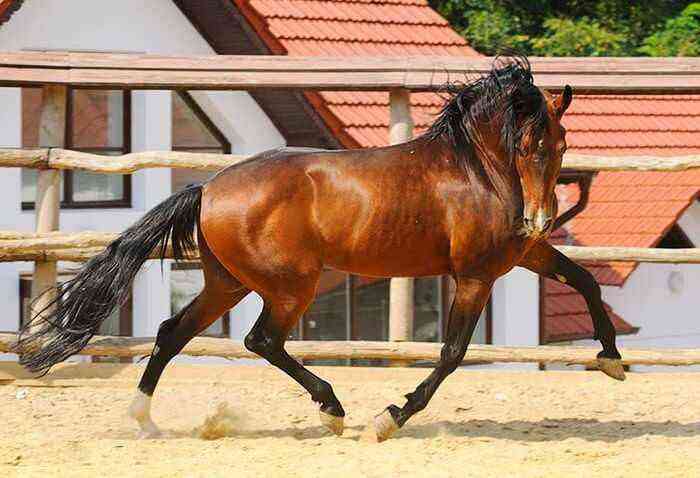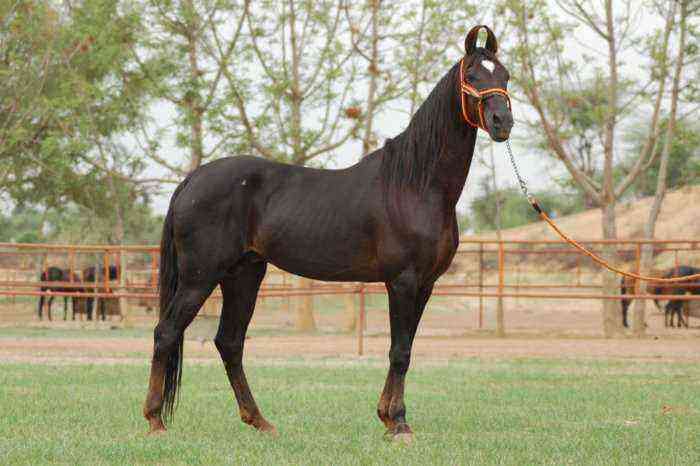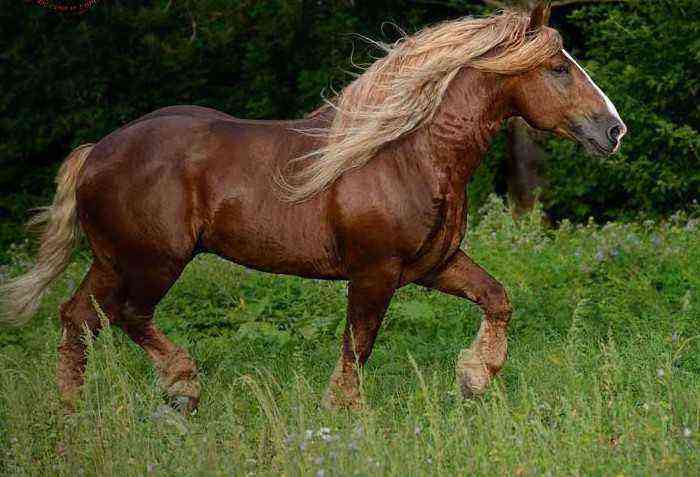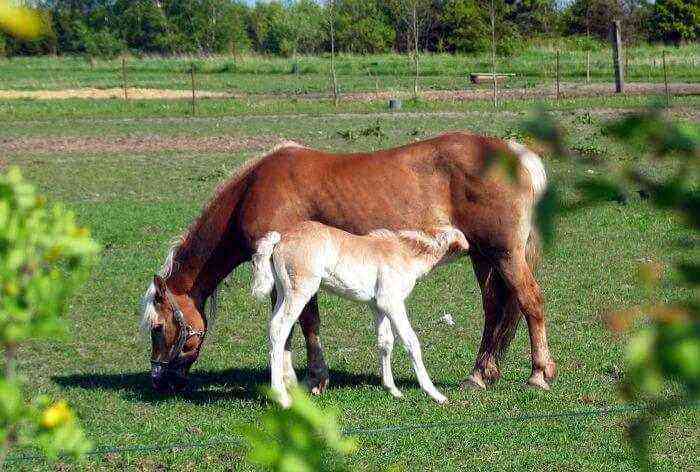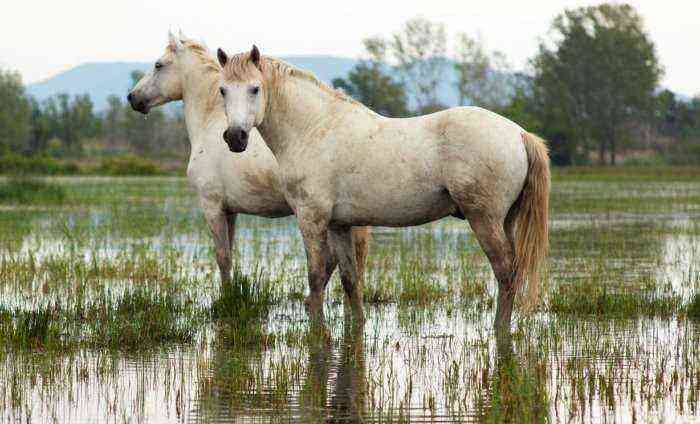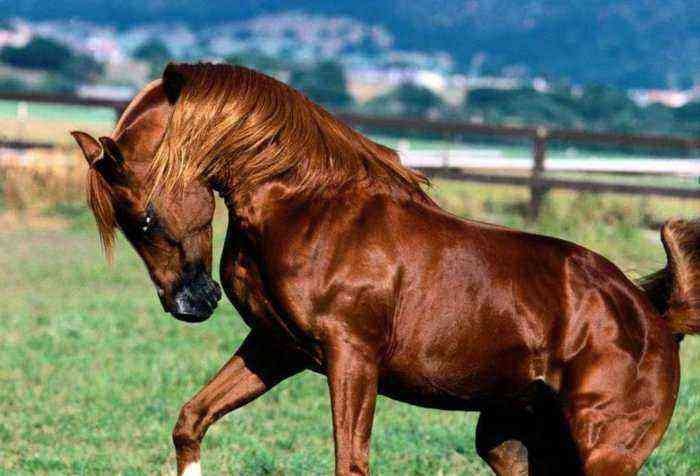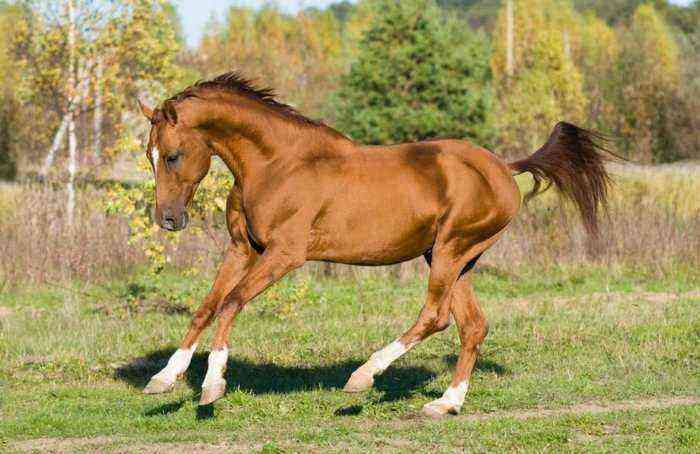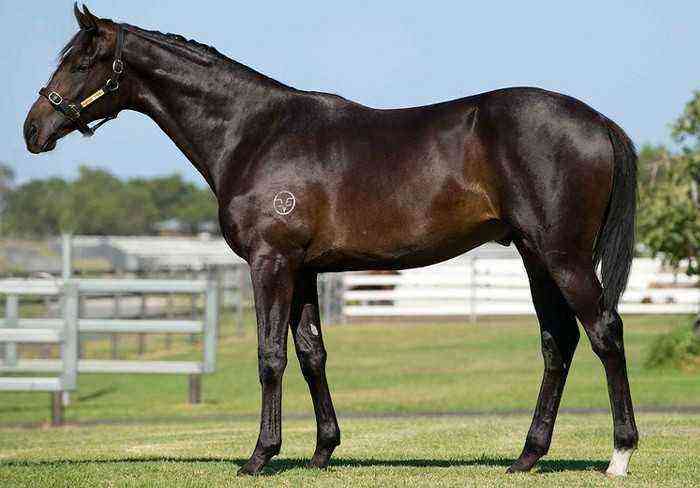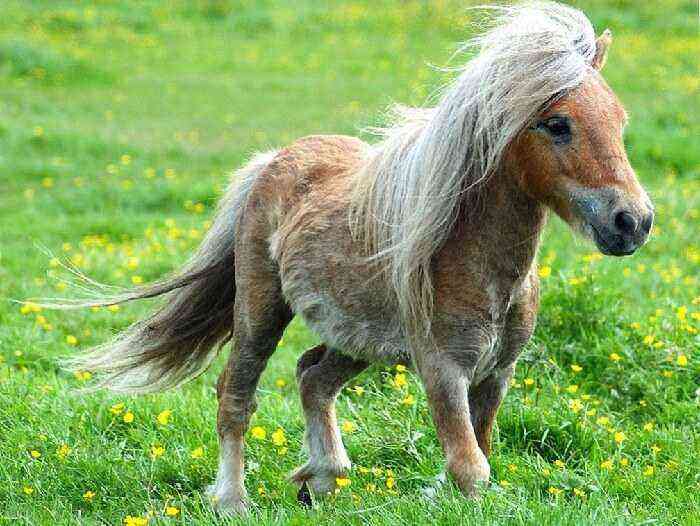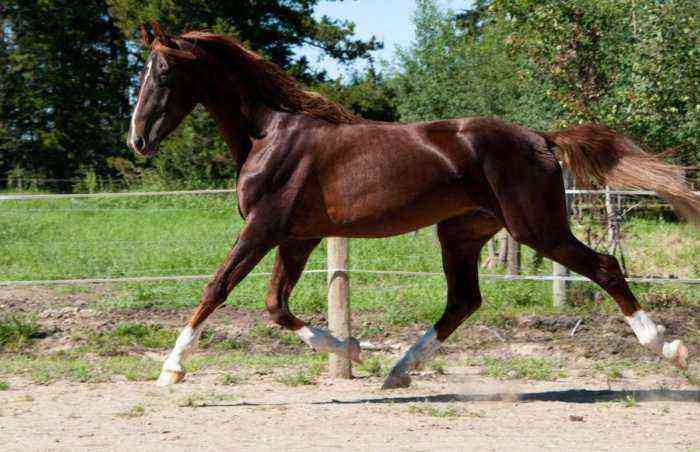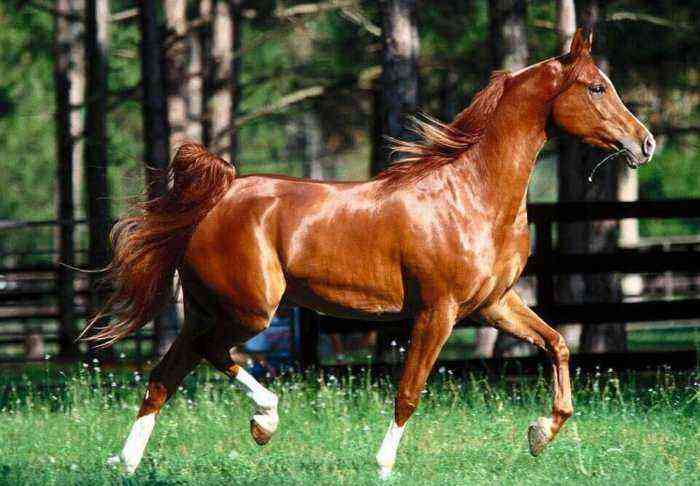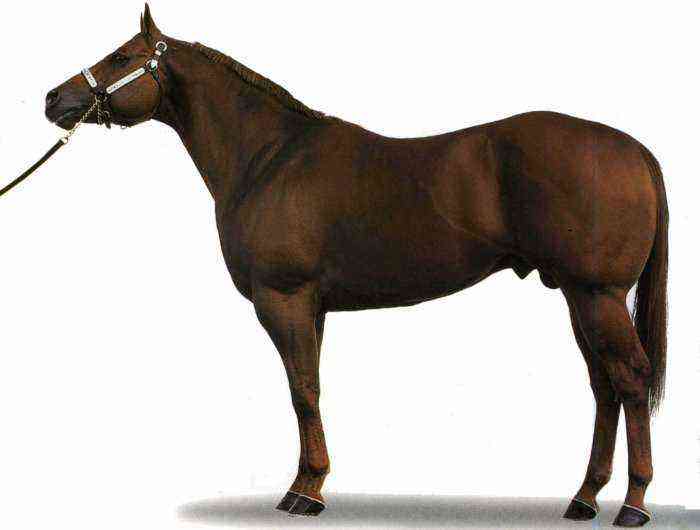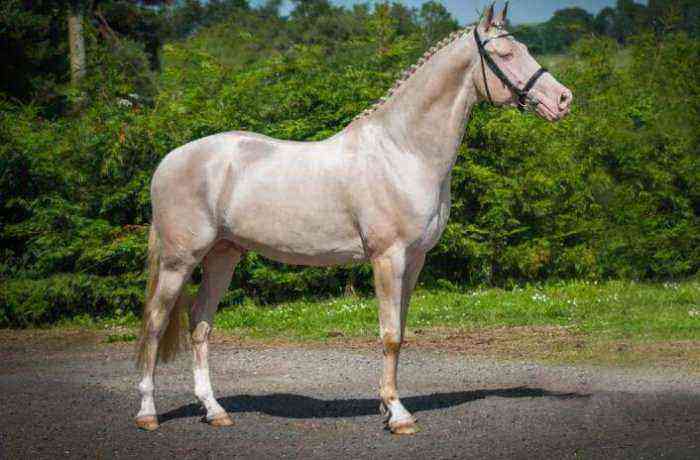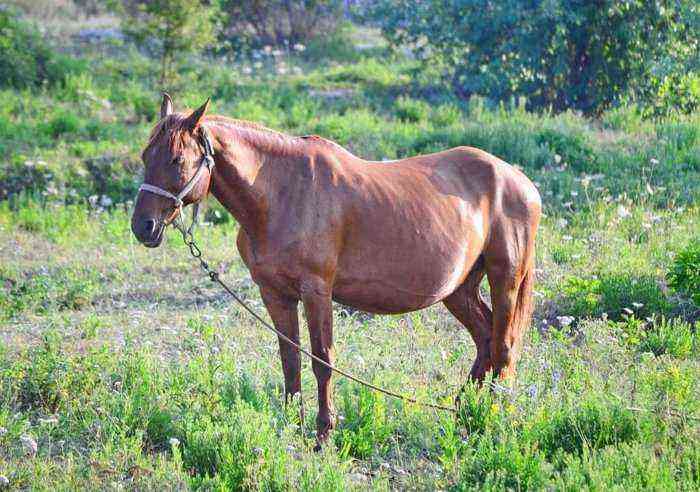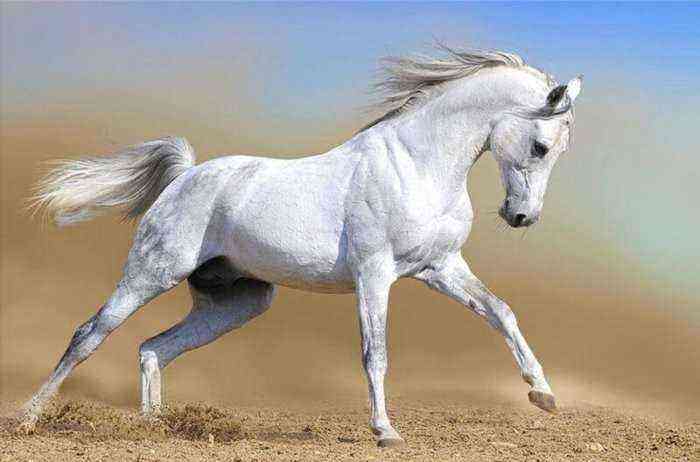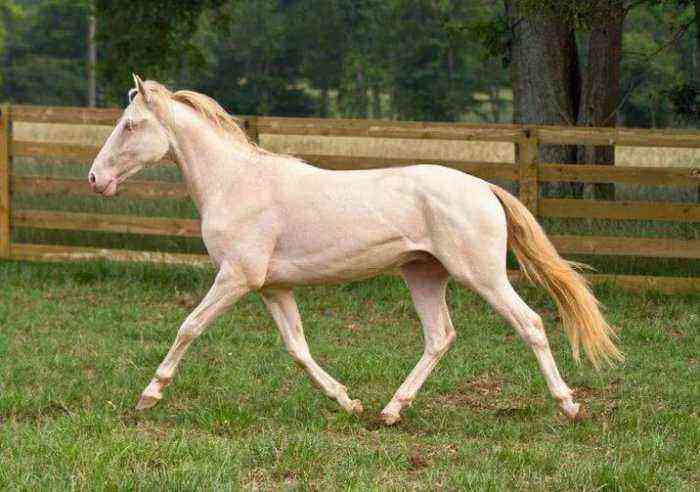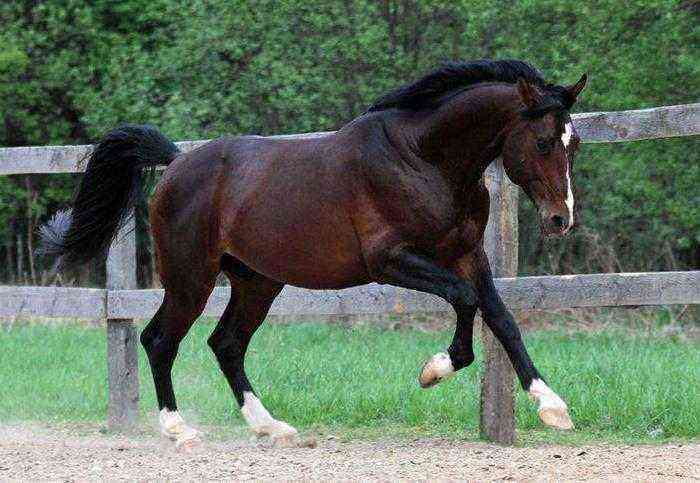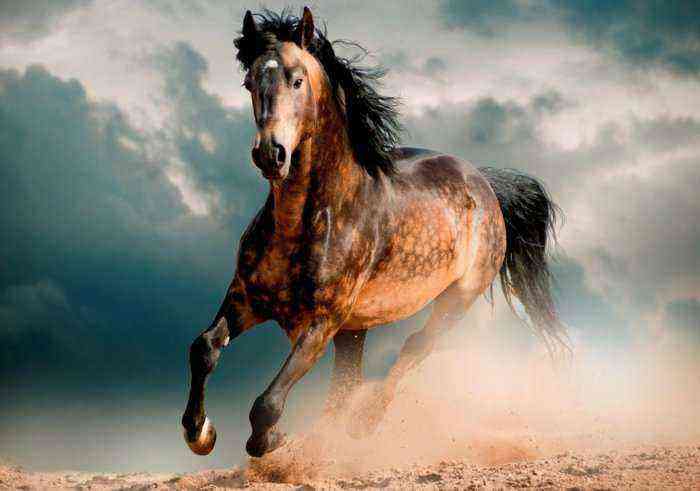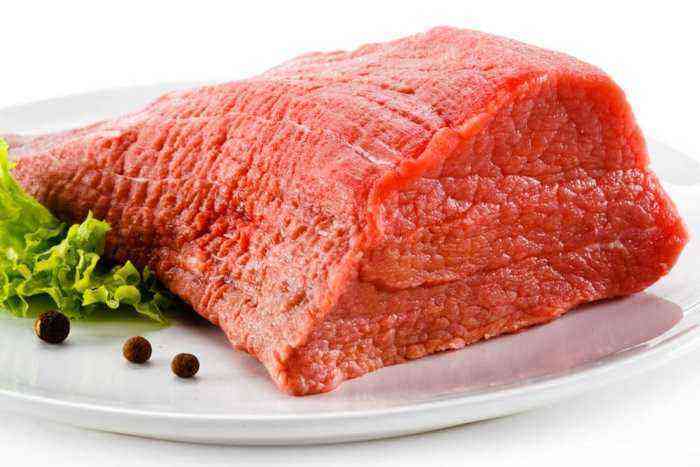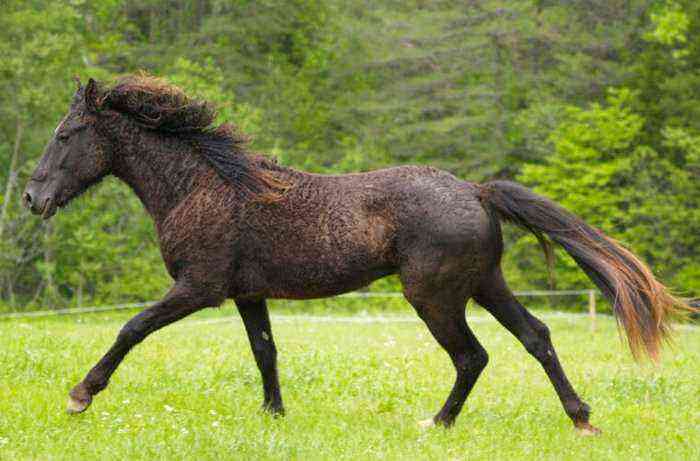The Yomud horse breed was bred on the territory of modern Turkmenistan by the ancient Yomud tribe, from which it got its name. It is a saddle horse that is also used in harness. Her ancestors are considered to be Turkmen horses that lived in the steppes of Turkmenistan. The breed was also influenced by other horses – Kazakh, Mongolian and Arab origin.
Yomud horse
Historical information
In addition to the Akhal-Teke breed, other horses were bred in Turkmenistan, one of them is Yomud. Its history is similar to the aforementioned breed, the only difference is that when breeding the latter, less attention was paid to the quality of selection of individuals for the tribe.
The ancestors of the Yomud horses are the ancient Turkic horses. Over the centuries, they have been influenced by the Mongolian and Kazakh horses. In the 14th century, Tamerlane presented the Turkmens with several thousand Arabian mares. The mixing of blood led to the strengthening of the skeleton of local horses, gave them a nobility appearance and made them more enduring. In the 18th century, King Nadir sent 600 Arabian mares as a gift to the Turkmens.
The Yomud horse is characterized by unpretentiousness and endurance. In the area where it was created, the soil is saline, so the vegetation on the pastures is sparse, but the valleys of the local rivers are rich in legumes. Turkmens have been practicing the herd method of keeping horses for centuries. Thanks to this, horses are distinguished by strong immunity and endurance.
Attention! Hippologists note the tirelessness of the representatives of the Yomud breed. They are able to quickly restore strength after hard and long work.
The current livestock numbers 5 horses. The main breeding site is the Tashauz stud farm in Turkmenistan. Breeders are working to improve the exterior and working qualities of horses, selecting individuals for a tribe that have the following characteristics:
- massive physique;
- height;
- strong bones;
- playfulness;
- endurance.
Exterior description
Horses of the Yomud breed are of the riding type. These are short, well-built animals with a light body and a dry constitution. They are characterized by suits – gray, bay and red with a characteristic metallic sheen.
Exterior features:
- height at the withers is 1,48–1,52 m;
- body length along the oblique line – 1,5 m;
- the head is large with coarse features and a straight or slightly concave profile;
- large eyes, expressive, lively look;
- nostrils wide;
- withers protruding;
- the neck is short with a graceful bend;
- the chest is deep, its girth is 1,65 m;
- the back is strong and straight;
- shoulder blades oblique and long;
- croup compact oval;
- the stomach is tucked up;
- limbs of medium length with prominent tendons and large strong hooves;
- wrist circumference – 18,7–18,9 cm.

Appearance of the Yomud horse
Character
Horses of the Yomud breed are valued for their endurance and high performance. They are ready to work tirelessly, being content with a short rest and meager food. In the warm season, horses practically do not need to be fed, they get nutrients on pastures.
Attention! Unlike Akhal-Teke horses, Yomud horses are less capricious and proud. They show loyalty and obedience to the owner, courage and courage.
The movements of the horses are highly efficient and smooth, which allows the rider to feel comfortable in the saddle. Animals are distinguished by agility, although they are inferior in running speed to their compatriots Akhal-Teke.
Using
At home, representatives of the Yomud breed are used in rural areas to transport small loads. Horses participate in sports competitions by mileage. They are especially good at short distances.
Interesting facts about the Yomud horse
The main advantage of the breed is endurance. This quality of the horses was fully demonstrated during the transition from Ashgabat to Moscow in 1935. The distance between the points is 4300 km. Animals were able to overcome it in 84 days. The path ran through the Karakum on deep sands. According to some sources, it took from 3 to 7 days to cross the desert.
Turkmens highly value their breed of horses. In this area, horses are treated with great respect. Modern animal breeding is carried out strictly. Individuals with pure blood are allowed for breeding, having passed the selection according to external signs, health status and criteria of endurance and agility. All this helped to significantly improve the type of exterior of the Yeomud horses and consolidate their best characteristics.
